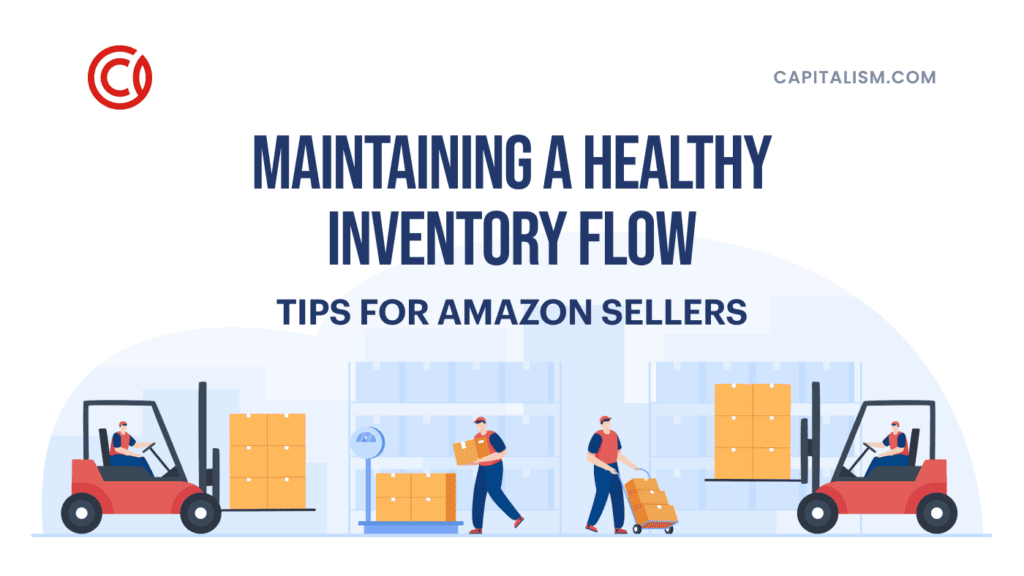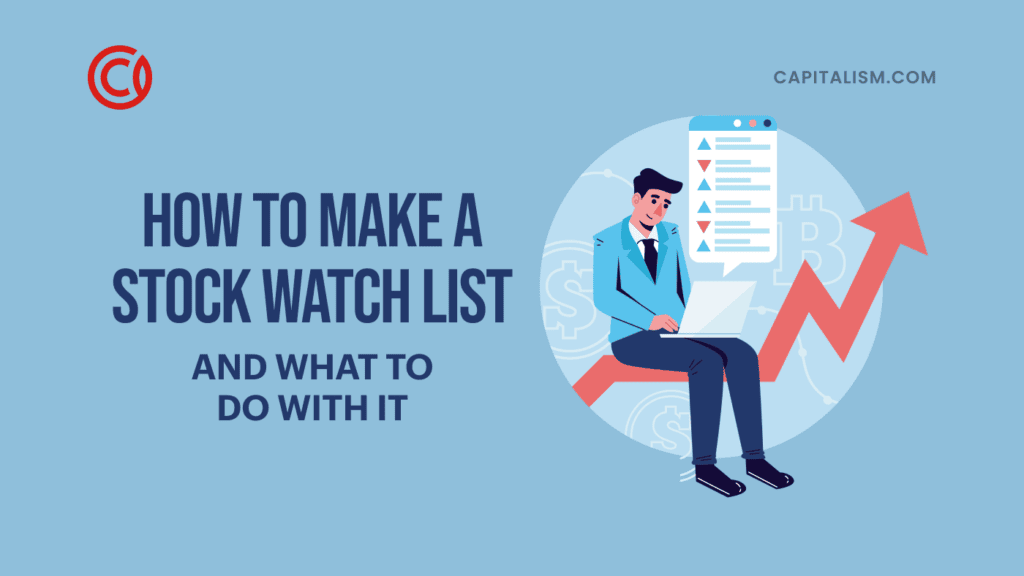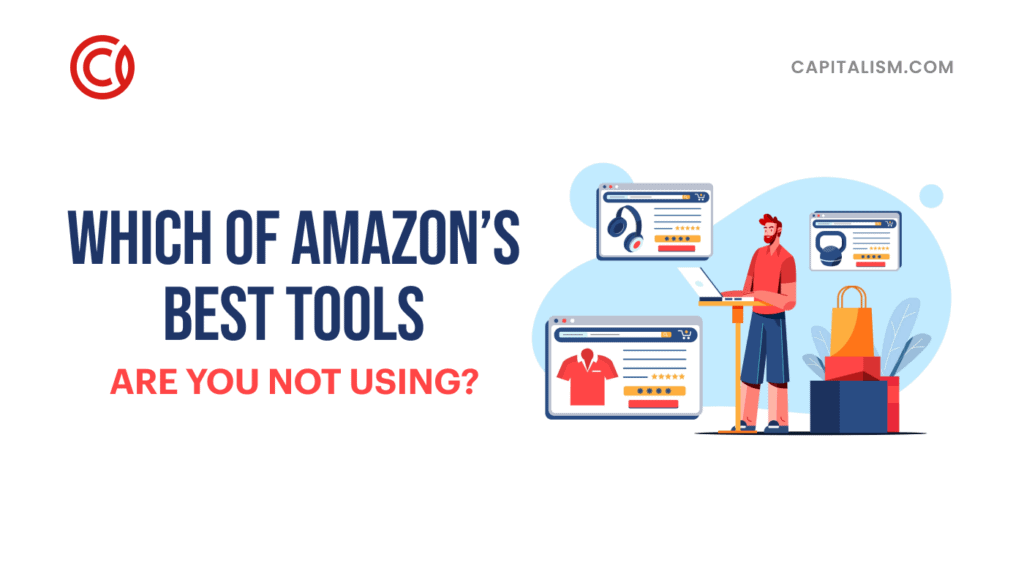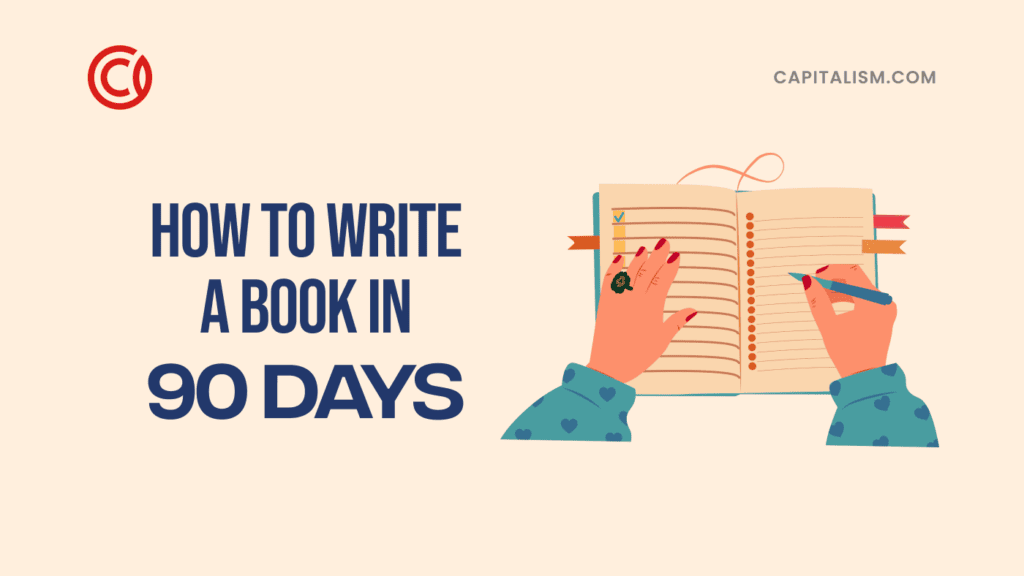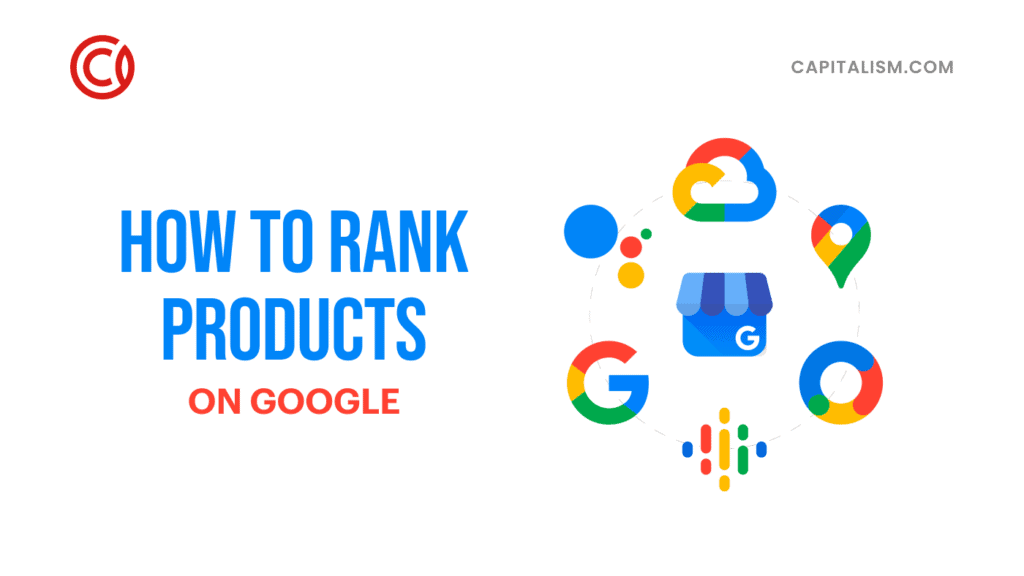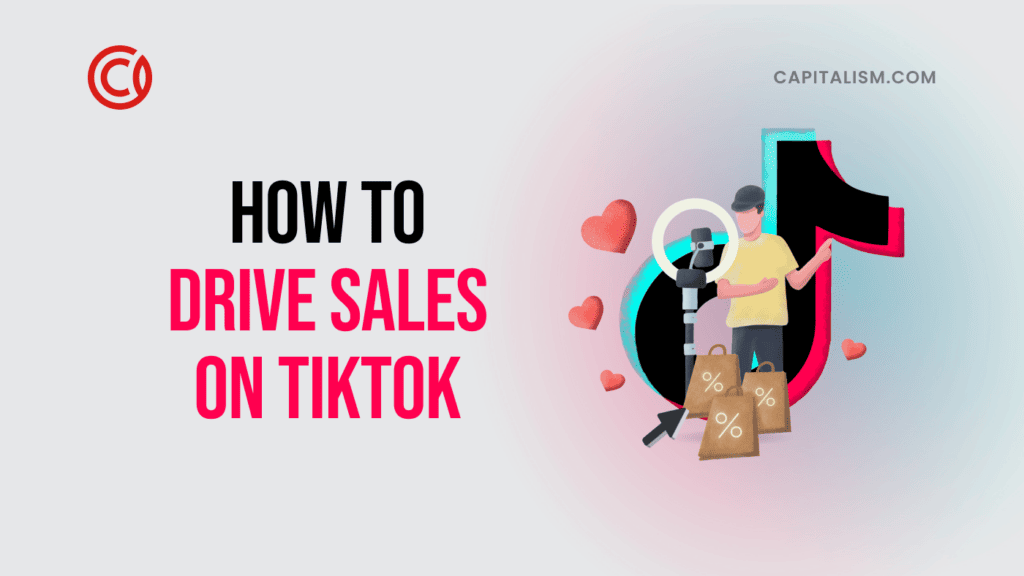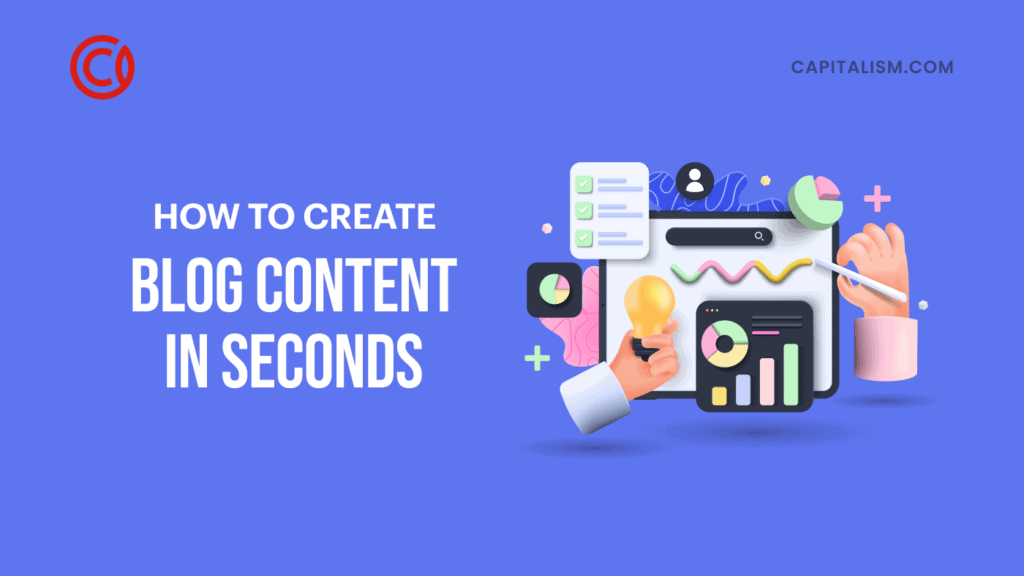Want to learn how to make money micro investing? You're not alone.
A poll by Gallup shows that less than half of younger Americans are investing their money in the stock market. We all know that investing can increase our cash flow, so why don’t more of us do it? For some, it’s because they don’t know how to invest at all, much less how to make money micro investing. For others, it’s because they don’t have extra money.
After all, the expertise of a financial advisor or a broker doesn’t come free. Plus, how do you know you’re getting good advice in the first place? Throw in the sky-high minimum deposits and costly fees that come with some investment accounts, and the whole idea seems out of reach.
For everyday people, investing seemed inaccessible… until the emergence of micro investing.
Micro investing reduces the entry barriers to traditional investing.
- Don’t have a ton of money to invest? You can get started with just a few dollars.
- Don’t have a clue about which stocks and funds are good choices? You can piggy-back on the investment picks of experts.
- Scared you could get wiped out in a crash? You don’t have to bet big to get small wins.
- Plus, you certainly don’t have to bury your nose in reports from Wall Street to make smart moves. Micro-investment apps are making investing more accessible for beginning investors.
Has micro investing piqued your interest? If so, here’s our introduction to micro investing. Let’s get started.
What Is Micro Investing?
As the name suggests, micro investing is the investment of tiny amounts of cash. The investment process is easy when you use a mobile app or online software. You can connect your debit card or bank account, so the app can automatically invest your savings and transfer funds.
For some apps, you can get started for as little as five dollars. Your money usually goes into investments through diversified portfolios of partial shares of exchange-traded funds.
Why Should You Start Micro Investing?
Micro investments have changed people’s perspective on investing. It’s not a realm reserved for wealthy people walking down Wall Street in business suits.
Rather, investing is something anybody can do — young millennials, stay-at-home moms, and even those with tight budgets. Along with making investing more accessible, here are some other micro-investing benefits to consider:
Make Investing Effortless
Investing doesn’t have to be a daunting subject you try to avoid. Instead, micro-investment apps make investing easy, effortless, and automatic. For example, with Stash, you can invest spare change by rounding up your expenses up to the next dollar. You don’t have to think about moving that money into your portfolio — it’s automatic.
Grow Savings Over Time
The interest rate from your bank’s saving account is hardly brag-worthy. Your money can grow at a higher return rate with micro-investment apps.
Here’s an example to consider:
If you save $10 every month over two years and store it in a bank account, you’ll have $240. But if you invest that money with an average annual return of 5%, you’ll have a little over $258.00.
If you keep your money in the bank, you lose out on potential profits.

Beginner-Friendly
Bonds, stock options, ROI, bull market — all these investment terms can become confusing. If you’re an investment beginner, where do you even begin? Worst case scenario: information overload and fear of losing your money discourage you from getting started.
Micro investing apps bridge this complicated subject with beginner investors. These apps have low to zero minimum deposits and generate diversified portfolios for you upon signup. Many also offer resources that help you make better investment decisions. With low starting principles and monthly subscriptions, investing is becoming more affordable and accessible to everyday people.
Helps You Build Your Portfolio
Many micro-investment apps already have premade portfolios to invest your money in. You can choose a stock portfolio based on your own risk tolerance. Of course, as your risk tolerance changes over time, you can choose to invest in higher-risk or lower-risk shares.
Get Started Today
Investing is only a download and a couple clicks away. Most micro-investment apps are user-friendly and easy to use. Also, there’s no huge financial entry barrier to getting started. Beginners don’t need to save $1,000 to purchase a couple of shares of a stock and to pay a brokerage fee. Instead, they can pay a low monthly fee and get started investing with a couple of dollars and change.
How to Get Started
The exact process for getting started varies by which app you choose. However, you can expect to fulfill these steps during the signup process.
Step 1: Research Micro Investment Apps
Do your research before committing to an app. You might find that one app better aligns with your financial goals. Stick around because we’ll be listing the top micro-investment apps out there.
Step 2: Sign Up for Micro Investment App Account
If you skipped ahead to check out our top micro-investment app reviews, you might have resonated with a specific app. Download the app on your mobile phone or sign up directly on their website. The signup process will usually request your personal and bank information, including your legal name, address, email address, and social security number.
Step 3: Link Your Bank Account
After you sign up, you will need to provide your bank information. Usually, you can find your personal bank from a drop-down list they’ll provide. After selecting it, you will follow a series of prompts to provide your routing number and account number or a valid debit card.
Some apps, like Stash, will perform a micro deposit. This is their way of verifying your bank account before they link it to your investment account. They will send small deposits, often less than $0.50. You will need to enter the exact dollar amount to complete the linking process.
Step 4: Fund Your Account
Micro investment apps break down the costly financial barriers often associated with traditional financial advisors and brokers. With Stash, you can get started with as little as five dollars. With Betterment, you can sign up with a $10 minimum account balance. After you link your account, you can transfer the appropriate amount into your investment account and start investing immediately.
Step 5: Start Investing
As we explore the different apps and their unique features, you’ll learn that most of them focus on investing in exchange-traded funds. Exchange-traded funds are groups of individual stocks, usually bundled by your risk tolerance or certain industries.
When choosing which stocks to invest in, return to your preferred risk level. Are you conservative, moderate, or more aggressive? Your answer will affect which exchange-traded funds aligns with your investment goals and risk tolerance.
Step 6: Review Your Investment Goals
As you gain more experience investing, your goals will change over time. If you’re younger, you have more time to pursue an aggressive strategy. However, as you get older, you might find comfort in a more conservative approach. Perhaps, you’ll outgrow micro-investing altogether and might want to work directly with a financial advisor. As an investor, you’re not locked into a particular strategy for life. With age and experience, your priorities will shift, and so should your investment strategy.
Top Micro Investing App Reviews

Now that you’ve learned about micro investing apps let’s dive into the different apps available to
you. Below is a list of our favorites:
Acorns
Acorns has already made a name for itself in the micro-investment world. You invest in Acorns through “round-ups,” which rounds up your transactions to the nearest dollar and invests the difference. For example, if you spend $9.32 on an item, Acorn will round it up to $10.00 and invest the $0.68 difference.
Acorns offers five different investment portfolios, ranging in risk exposure. All portfolios offered invest micro shares in exchange-traded funds. Acorns has three accounts you can register under. Here’s a price breakdown of each:
- Acorns Core: $1.00 per month. You gain access to your basic investment tools.
- Acorns Later: $2.00 per month. Acorns Later is their version of a dedicated retirement account.
- Also, there is Acorns Spend: $3.00 per month. This is Acorns’ version of a checking account.
Please note that these monthly fees are only for accounts that have invested less than $5,000. After you hit the $5,000 milestone, Acorns charges an annual fee of 0.25 percent of your assets. Fortunately, they waive this fee for students (you must sign up with your .edu email address).
Acorns Pros:
- Free account management for college students
- Automatic investments with “Round-Ups”
- Investment resources for beginner investors
- Easy to use and navigate
Acorns Cons:
- Only five available investment portfolios
Stash
Stash also offers round-up transactions, like Acorns. In addition, they offer a service called Smart Stash. Smart Stash studies your financial habits to determine a safe amount to set aside for investing.
It only costs $5 to get started with Stash. Like Acorns, Stash invests your money in micro shares of exchange-traded funds. However, what separates Stash from Acorns is that you can choose your investments. You can search for a specific stock you want and purchase it.
Stash offers three account options with the price breakdown:
- Beginner: $1.00 per month. You gain access to a personal investment account, debit account, and investment resources.
- Growth: $3.00 per month. You unlock tax benefits for retirement investments.
- Stash+: $9.00 per month. You can create investment accounts for your children, receive a debit card, and gain access to monthly market insight reports.
Stash also offers a vast library of financial resources. You can read their articles and slowly learn how to become a more seasoned investor.
Stash Pros:
- Tons of investment resources for beginner investors
- Low account minimum (only $5 to get started)
- Automated investments
- Present investment portfolios
Stash Cons:
- No investment management
- No customer service by phone
Betterment
What stands out with Betterment within the robo-advisor space is that they don’t require a minimum deposit with their first price tier. You can get started today without a substantial financial barrier blocking your way.
Where Acorns offers only five investment portfolios, Betterment offers 12. With 12 options to choose from, you can select a portfolio that better aligns with your investment goals and risk tolerance.
Moreover, Betterment gives its investors more control by allowing them to adjust the percentage they invest in certain assets. However, this option is available only to members who have $100,000 in their accounts. Still, it’s great to know that the more you invest with Betterment, the more control you have over where your money goes.
With Betterment, you can choose from two paid services:
- Betterment Digital: 0.25 percent annual fee. Already within this tier, you gain access to a variety of perks: personalized financial advice, diversified investment portfolios, automatic rebalancing, and tax-saving strategies.
- Betterment Premium: 0.40 percent annual fee. In addition to Betterment Digital’s features, you can also receive advice on investments outside of Betterment and gain consulting services with their certified professionals on life events, like marriage, having children, or retirement.
Betterment Pros:
- No minimum deposit
- Start investing with $10
- Access to real financial advisors
- User-friendly for investment beginners
Betterment Cons:
- Account termination via snail mail
Robinhood
With Robinhood, you don’t just invest spare change. You can purchase full shares of stocks and exchange-traded funds like you would with a traditional broker. However, Robinhood still challenges traditional investing with their fees. Specifically, the Robinhood app has zero trading fees. That means you have the freedom to purchase and sell stocks without a commission fee hanging over your head.
However, Robinhood offers limited resources on investment research or financial advice. This might make users migrating from Stash, who previously had tons of resources available, a little nervous. With Robinhood, you must make investment decisions relying on your own research and expertise.
Still, Robinhood is a good option for experienced investors who want to invest without the bells and whistles — and fees — as possible.
All the information mentioned above is absolutely free. You don’t need to pay a monthly fee to sign up and start investing. With that said, Robinhood does offer an account you can upgrade to:
- Robinhood Gold: $5.00 per month. With this account, you gain access to various research reports and market data. You can also buy “on margin,” which allows you to borrow money to purchase a stock.
Robinhood Pros:
- Free to sign up
- Zero trading fees
- Zero commission fees
Robinhood Cons:
- No investment research or advice for investment beginners
- Minimum of $2,000 to buy “on margin” (if upgrading to Robinhood Gold)
Axos Invest
Previously WiseBanyan, Axos Invest is making investing accessible to everyday people. Their slogan is “Investing should be a right - not a privilege,” and their mission is to reinvent the industry. They advertise their company as “the world’s first free financial advisor.”
Previously, financial firms worked only with the wealthiest clients, taking a percentage from their client’s accounts. Axos Invest doesn’t charge any account management fees. Instead, they make their money from “a la carté products and services.” Unfortunately, Axos Invest doesn’t post a pricing page on these different products and services. When you sign up, Axos Invest will generate a portfolio for you depending on your answers to questions regarding your risk tolerance and investment goals.
Axos Invest Pros:
- Free management
- $1 account minimum
- Investment resources
Axos Invest Cons:
- No pricing posted on their website
What is the Best Micro Investing App?
The answer to this question varies from person to person. If you’re somebody who wants to “set it and forget it,” then you’ll want to choose an app that handles everything for you. Acorns or Stash might be a good option because they automatically take a portion of your money to invest.
If you want a more hands-on experience, then Robinhood is a recommended option. You have greater control over the stocks you want to invest in.
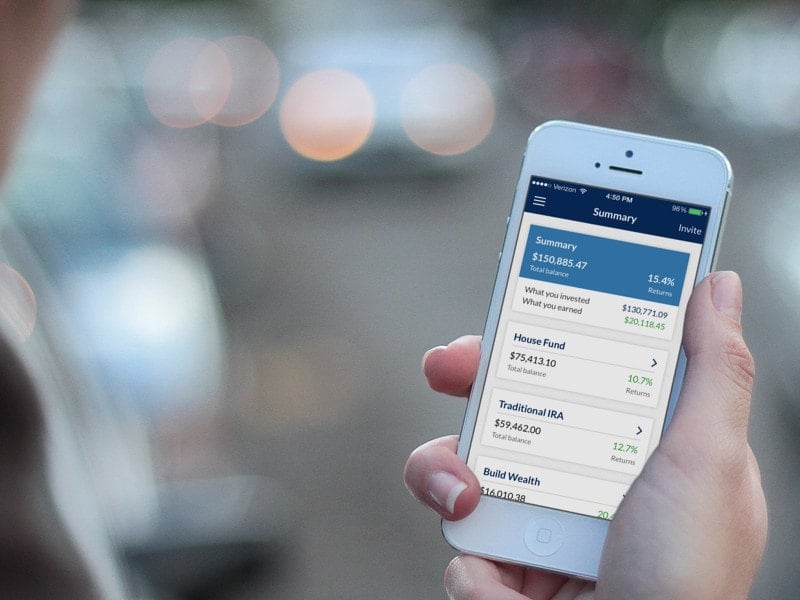
When choosing the right app, ask yourself how involved you want to be. Some people might find investing to be boring or overwhelming. Others might find investing to be exciting and challenging. Your personality and risk tolerance will affect the type of app that works best for you.
What to Expect from Micro Investing
If you’re interested in getting started with micro-investing, what can you expect to gain from it?
Starting Deposits
80% of millennials aren’t investing, and 40% don’t invest because they lack the funds to get started. With a generation that already struggles with building their savings account, it’s little surprise why investments are a low priority.
Fortunately, micro-investment apps help the financially-strapped overcome this monetary barrier. Some apps have a starting deposit as low as five dollars. Micro investing makes it easy to get started.
Expected Returns
With apps like Stash, you can invest your spare change. However, don’t expect to transform your spare change into gold with micro investing.
Yes, you can still earn money micro-investing, but your returns will usually scale with how much you put in. Small investments = small return.
Micro investments are great for getting started but don’t rely on micro-investing to fund your retirement.
Costs
Not enough people are investing in the stock market because there is a steep learning curve. Whether they lack the time, energy, or interest, many people aren’t cracking open a book on investing in their spare time. Even if they hire someone else to manage their investments, you’re still hit with fees left and right by brokers and advisors.
Micro investing, in comparison, has lower costs and fees than your typical stockbroker. Some micro-investment platforms charge only one dollar per month. Other apps, like Acorns, doesn’t charge a fee until you’ve hit $5,000 in your account.
Is Micro Investing Worth it?
Can you get rich from Stash, Acorns, or another micro-investment app?
To answer this question, let’s return to the saying, the greater the risk, the greater the reward.
Following this mantra, micro investing likely won’t fund your retirement. When you’re investing spare change, don’t expect your investments to generate much profit. You probably won’t achieve financial freedom with micro-investing alone.
At best, micro-investment apps can help you generate a couple of hundred dollars per year. With that said, a couple hundred is a better return than if your money were to sit in a bank account, or if you didn’t save at all.
The Bottom Line
For beginners completely new to investing, micro investing is a great start. However, beginners should view micro investing as a preview into grander ventures. Think of micro-investments as a toe-dipper before diving into the vast world of investments.
It’s one way to take baby steps into ownership on a grander scale, putting your money to work for you. Investing like this is just one small way to take ownership of your financial future. In The One Percent, we recently took a deep dive into how to make money by buying businesses - either just buying the whole business or buying tiny bits like you would with micro investing. To learn more about buying online or brick and mortar businesses like the “new millionaires next door” do, join us and look for the December issue, the Business Acquisitions Edition.


